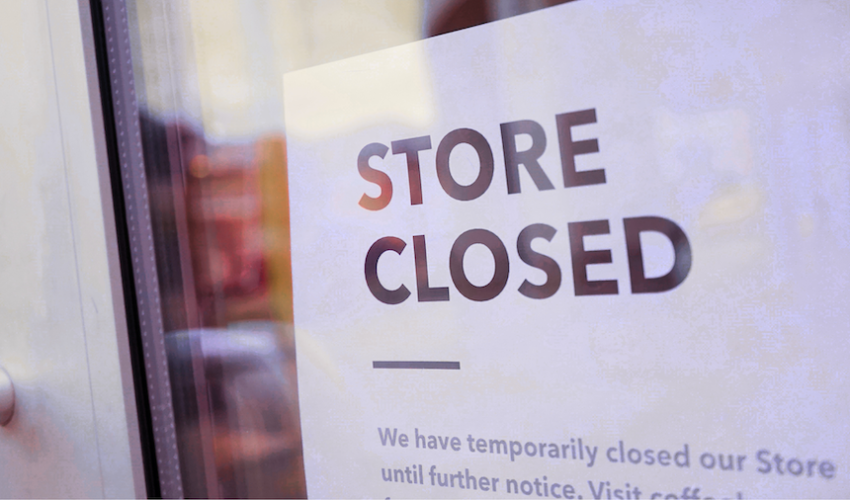Learn » Simplicity Research Hub » This recession is deeper and longer than the GFC
This recession is deeper and longer than the GFC
Published on 18/09/2025

By Shamubeel Eaqub, Chief Economist - Simplicity Research Hub
The June 2025 quarter showed the economy shrinking. GDP per capita - a proxy for average prosperity paints a grim picture when compared to the Global Financial Crisis and the Asian Financial Crisis.
Figure 1: GDP per capita through the GFC, Asian Financial Crisis and current recession
Until recently, some of the headlines had been flattered by migration-driven population growth. But this recession is unusual. There have been fewer outright job losses, though hours worked have been hit hard. Businesses, meanwhile, have taken the brunt through lower profits. Firms are holding on to staff as long as they can, given labour shortages, and are reluctant to let go unless they absolutely must.
This downturn is not a surprise. The economy was already weakening before the pandemic in 2020. Ironically, it boomed outside of the tightest restrictions, fuelled by massive stimulus - both government support (largely borrowed) and ultra-low interest rates.
From stimulus to squeeze
That stimulus didn’t last. As the cost of living spiked, central banks raised interest rates to quash inflation and slow the economy. Households bore the brunt: squeezed by higher living costs and then hit again by rising mortgage rates. It worked. Recession was engineered, inflation slowed, but investment collapsed - particularly in house building.
This is especially damaging given New Zealand’s housing shortfall. Each downturn pushes more skilled workers across the Tasman, making every recovery slower and more expensive.
Over the last 18 months, interest rate cuts haven’t lifted the economy. Elevated global uncertainty, slowing net migration, and fiscal austerity, particularly big pullbacks in infrastructure investment, are weighing heavily. Add to this the lag effect of mortgages: since Kiwis typically fix their rates, relief from lower interest rates is only filtering through now. Even so, it’s not enough.
What needs to happen next
The orthodox prescription is clear: more rate cuts, and faster government action on infrastructure investment. There are signs both may happen, but the economic damage is already done. We are living through an engineered recession by the RBNZ and government, and it is deeper and longer than it needed to be.
No wonder most New Zealanders believe the country is not heading in the right direction, and trust in politicians and institutions is eroding.
The urgent task now is to put a floor under the recession and prepare for recovery. That means prioritising low-cost strategies to ready our workforce and systems: on-the-job training, mentoring, and leadership development.
If policy makers move quickly, the recovery can begin sooner. The question is - will they act with urgency?